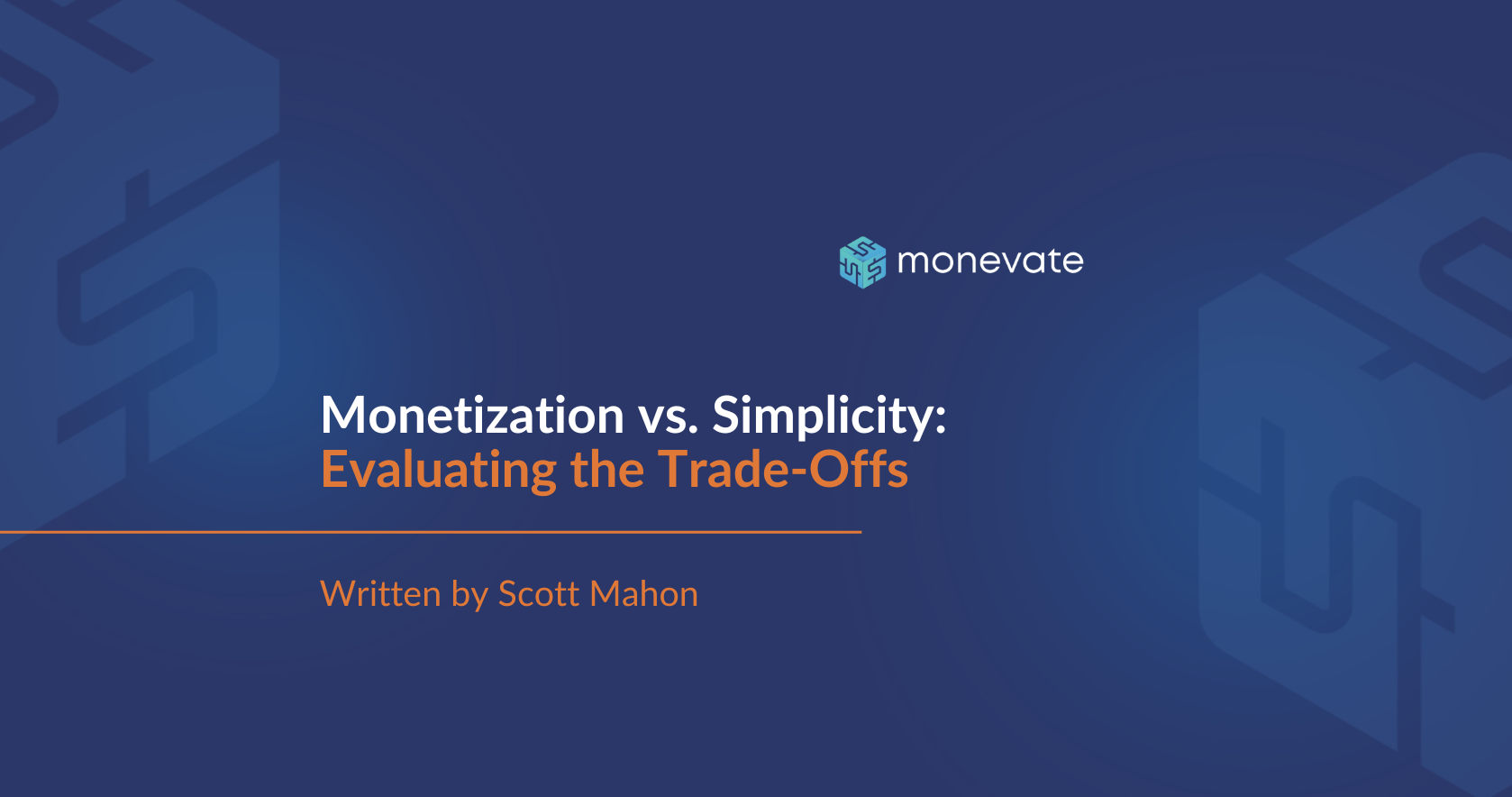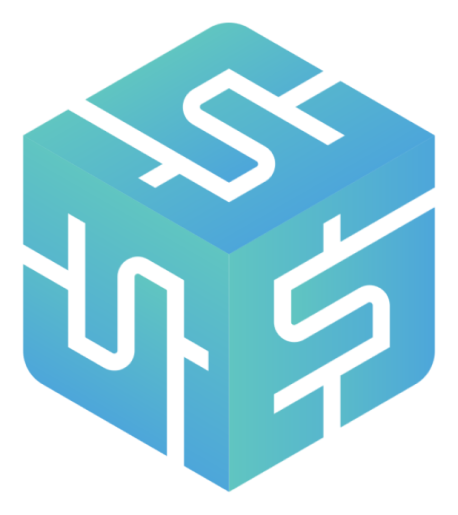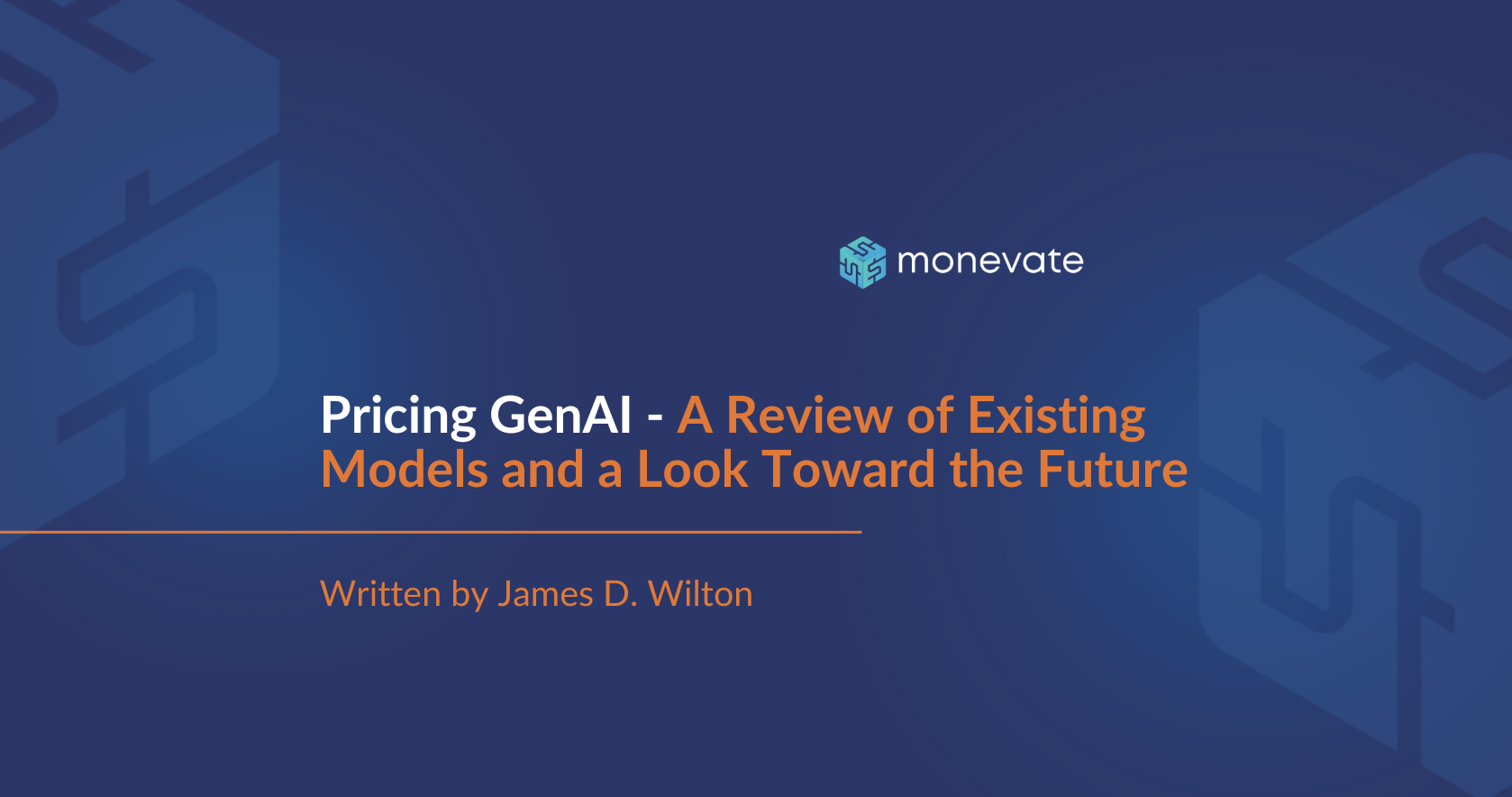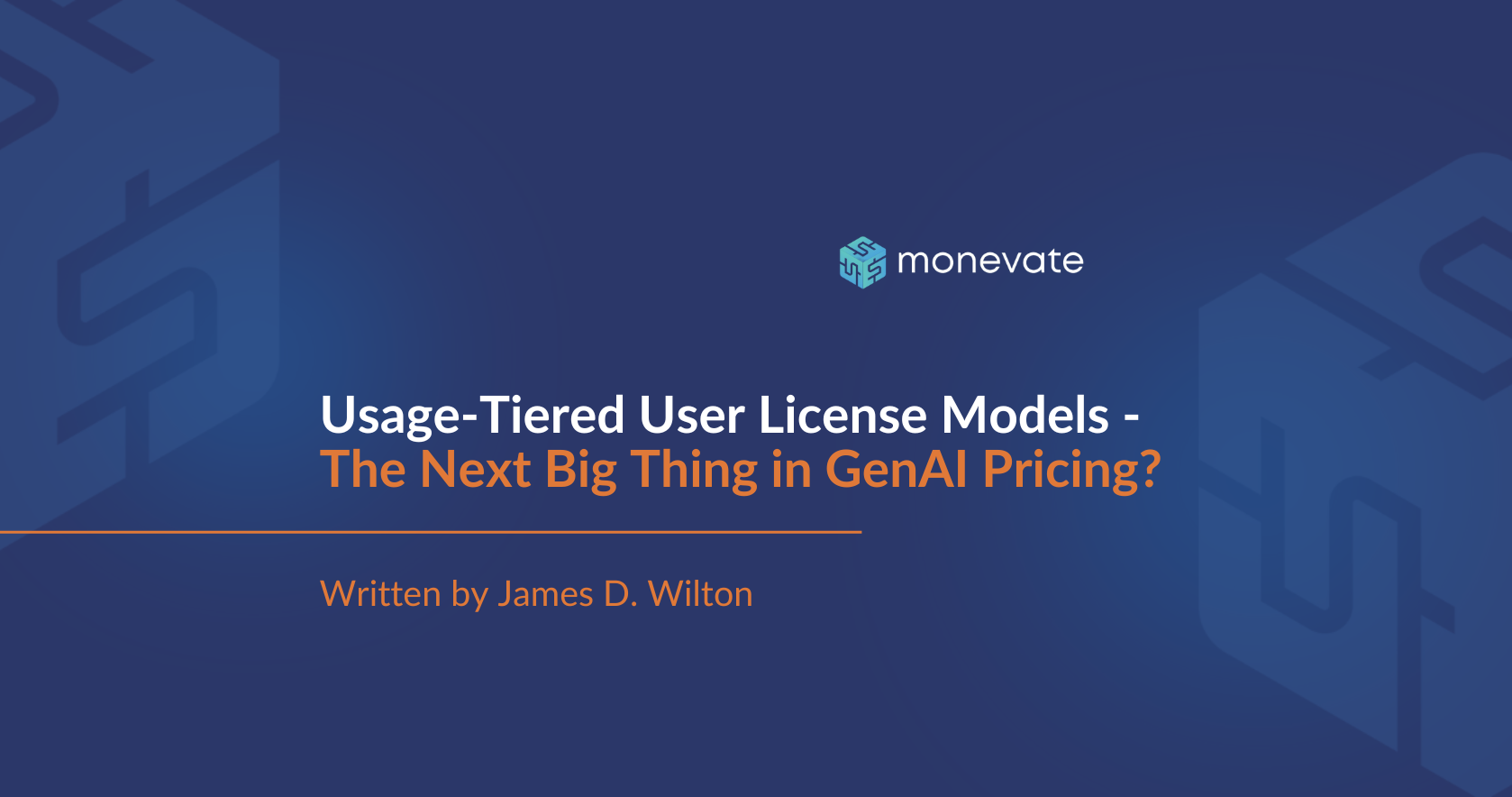5 Critical Questions to Ask Your Customers When Developing a Pricing Strategy
In the dynamic landscape of B2B SaaS, understanding customer needs and preferences is paramount to success. To highlight this, we’ve compiled the top 5 questions that every B2B SaaS company should ask their customers to develop an effective pricing and monetization strategy. While new, prospective customers are certainly important, some of the best insight can come from current customers that know your products inside out. These are the pivotal questions we ask in customer interviews during our engagements with high-growth companies at Monevate.
Question 1: What drove your organization to seek a solution?
Understanding the motivations behind a customer's decision to seek out a solution identifies the specific problems customers are trying to solve and reveals what they value most. This ensures that your pricing strategy reflects the benefits customers derive from your solution, increasing its perceived value. By identifying specific pain points or challenges, SaaS companies can tailor offerings and marketing to directly address customer needs, deliver maximum value, and command a higher willingness-to-pay.
Question 2: What key attributes do you look for and how do vendors compare?
Buying attributes are the criteria that customers use to evaluate solutions when assessing vendors. Commonly cited attributes include ease of use, scalability, and quality. Customers want their solution to be user friendly, able to grow with their needs, and reliable. These examples can seem vague because key attributes are typically industry specific and nuanced based on the use case.
By asking customers what key attributes they look for, you gain insight into what features they prioritize and value most. This understanding allows you to align your pricing strategy with the features that customers are most willing to pay for. Understanding how customers perceive your products relative to others in the market allows you to leverage your strengths and potentially justify higher pricing in those areas. Whether it is specific product features, pricing flexibility, or level of support, aligning offerings with customer expectations allows you to craft your value proposition around what matters most and make informed decisions that resonate with your customers.
Question 3: What do you like or dislike about your solution’s packaging and bundling options?
Packaging structure refers to how the product is broken up into separate purchasable units and reflects how customers value distinct functionality within the product. Options include a monolithic, tiered, and modular structure. Monolithic offerings suit startups that have one simple product. As a product evolves and becomes more feature differentiated, a tiered structure may help new customers grow into the product. As you and your customers grow, and you build new products to address their additional needs, a modular structure offers greater flexibility to meet diverse customer requirements. This packaging structure describes how products are organized on the back end.
Customer purchasing preferences are also important to consider in packaging. Some buyers want choice, while others prefer to be told what they need. If you have customers at both ends of the spectrum, an a-la-carte packaging structure can appeal to both. Customers can choose the specific modules they need, or sales reps can present a bundled solution.
For multi-product companies, creating bundles on the front-end with products that are most commonly purchased together provides a simple way to sell to customers that prefer solutions. Bundles can be tailored to different customer personas and use cases to streamline selling, while the back-end packaging maintains efficient SKU management. Packaging and bundling enable SaaS companies to create solutions for different customer segments, satisfy various buyer preferences, and establish the foundation for price architecture.
Question 4: What do you like or dislike about your solution’s price architecture?
Price architecture consists of two components: a price metric and the method by which price scales. The metric is used to scale the price of packages. Customers seek a metric that is easy to understand, perceived as fair, and linked to value. It is important that the value customers associate with the metric increases as customers purchase more. Predictability is also important – customers want to be able to gauge their expenditure based on this metric and have control over adjusting their usage accordingly. In B2B SaaS, we commonly see user-based pricing and consumption-based pricing.
This metric can scale in a variety of ways, from a linear model that offers the most variability to a flat fee that offers the most predictability. Additional options include a fixed + linear model, where a portion of the fee is fixed while a smaller per user amount—if the metric is users—is also charged, and a sliding scale, where the price per additional user decreases at set breakage points. Diving into customer perspectives on price architecture shines light on their willingness-to-pay and how they perceive value. The goal is to best meet your customers’ preferences while scaling in a way that makes sense for your business.
Question 5: What Are Your Price Sensitivities and Willingness-to-Pay Thresholds?
Exploring customers' price sensitivities and willingness-to-pay thresholds provides valuable insights into pricing elasticity and market positioning. Willingness-to-pay gauges what price ranges are acceptable for customers, and we utilize the Van Westendorp method that asks customers to provide four price levels:
- Too Cheap: What is the price below which you would question the quality of the product?
- Inexpensive: What is the price at which you would consider the product to be a “bargain”?
- Expensive: What is the price at which you would consider the product to be expensive, but you would still consider purchasing the product?
- Too expensive: What is the price above which you would no longer consider buying the product because it is too expensive?
By asking this set of questions, you obtain not just one price, but a range of what customers are willing to pay, helping you identify your optimal price. While there is a risk that existing customers might “low ball” their responses, the information remains valuable, especially if the bias is considered. Low balled numbers are also not guaranteed—in some cases, we have seen customers love the product, view it as underpriced, and respond with higher than current price levels. These responses are just one of several data sources used to curate prices. By gauging customers’ perception of value and price thresholds, SaaS companies can fine-tune pricing strategies to strike the right balance between affordability and profitability.
At Monevate, we ask these five questions during the market research phase of our engagements to test out hypotheses before building the pricing strategy. Using these questions as a framework to run your own market study on new or existing products can provide invaluable insight for your monetization strategy.
By asking the right questions and actively listening to customer feedback, you can tailor to customer preferences in an evolving market, optimize your pricing strategy to capture maximum value, and drive short and long-term growth in a sustainable manner.














